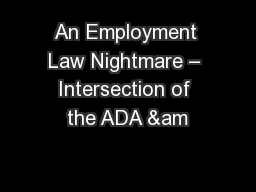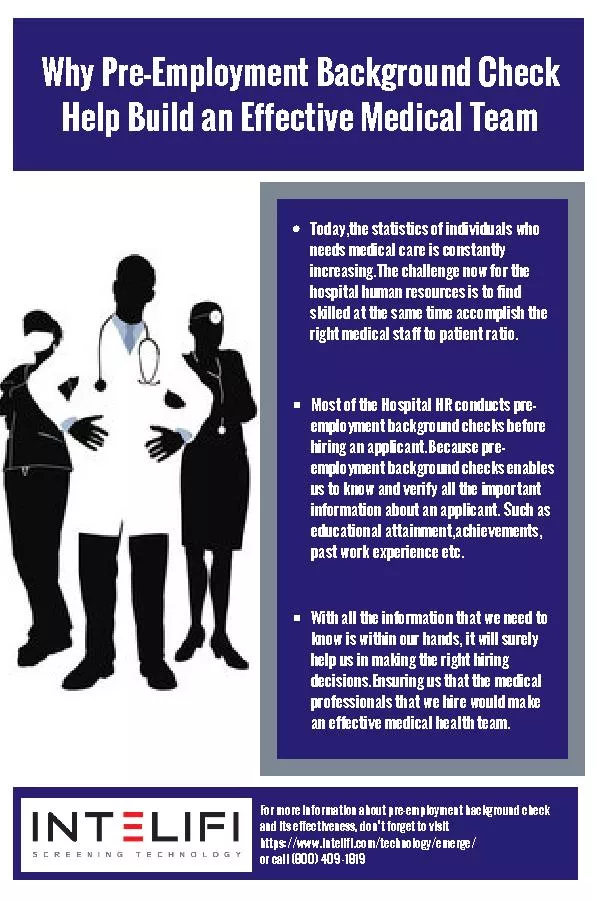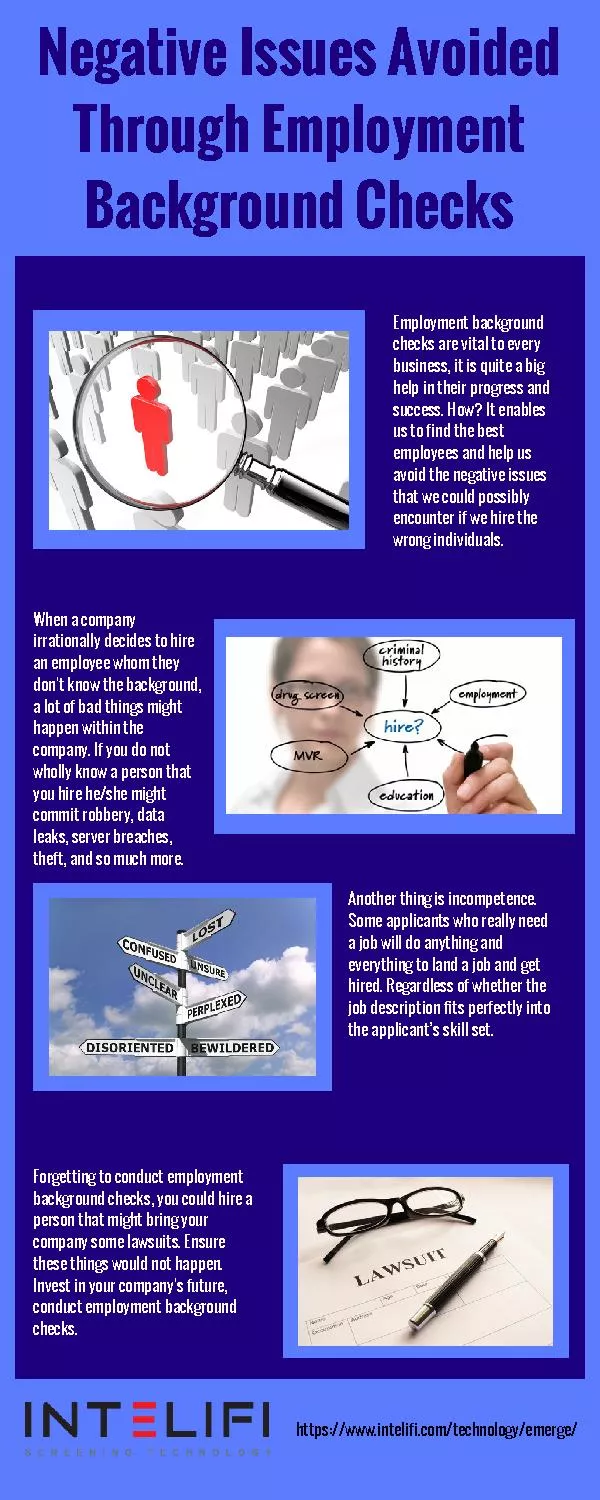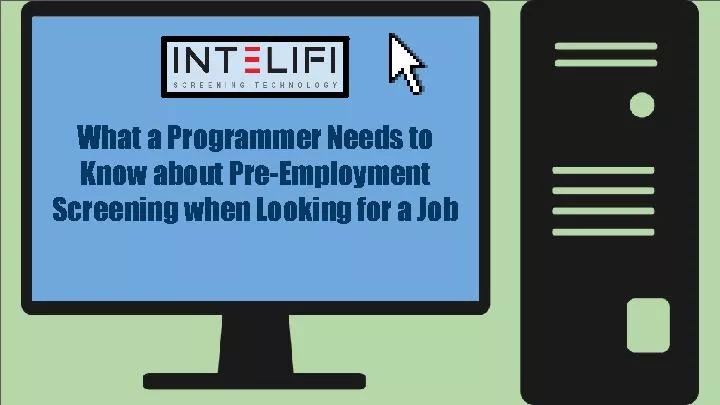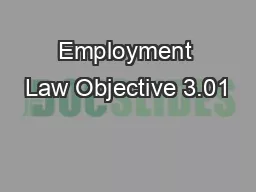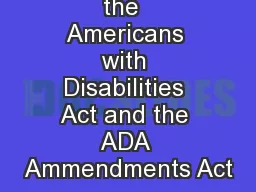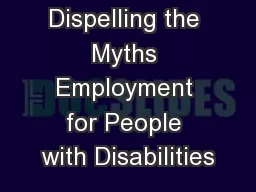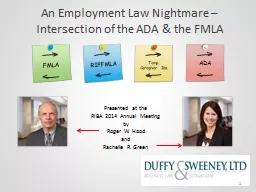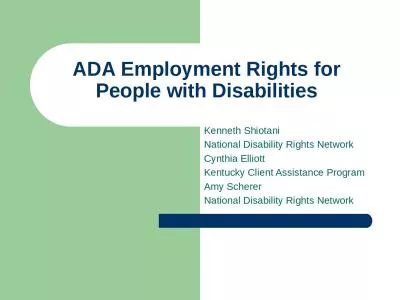PPT-An Employment Law Nightmare – Intersection of the ADA &am
Author : stefany-barnette | Published Date : 2016-06-13
ADA RIPFMLA Temp Caregiver Ins Presented at the RIBA 2014 Annual Meeting by Roger W Hood and Rachelle R Green FMLA 1 Family Medical Leave Act FMLA ¹ FMLA Basic
Presentation Embed Code
Download Presentation
Download Presentation The PPT/PDF document "An Employment Law Nightmare – Intersec..." is the property of its rightful owner. Permission is granted to download and print the materials on this website for personal, non-commercial use only, and to display it on your personal computer provided you do not modify the materials and that you retain all copyright notices contained in the materials. By downloading content from our website, you accept the terms of this agreement.
An Employment Law Nightmare – Intersection of the ADA &am: Transcript
Download Rules Of Document
"An Employment Law Nightmare – Intersection of the ADA &am"The content belongs to its owner. You may download and print it for personal use, without modification, and keep all copyright notices. By downloading, you agree to these terms.
Related Documents

